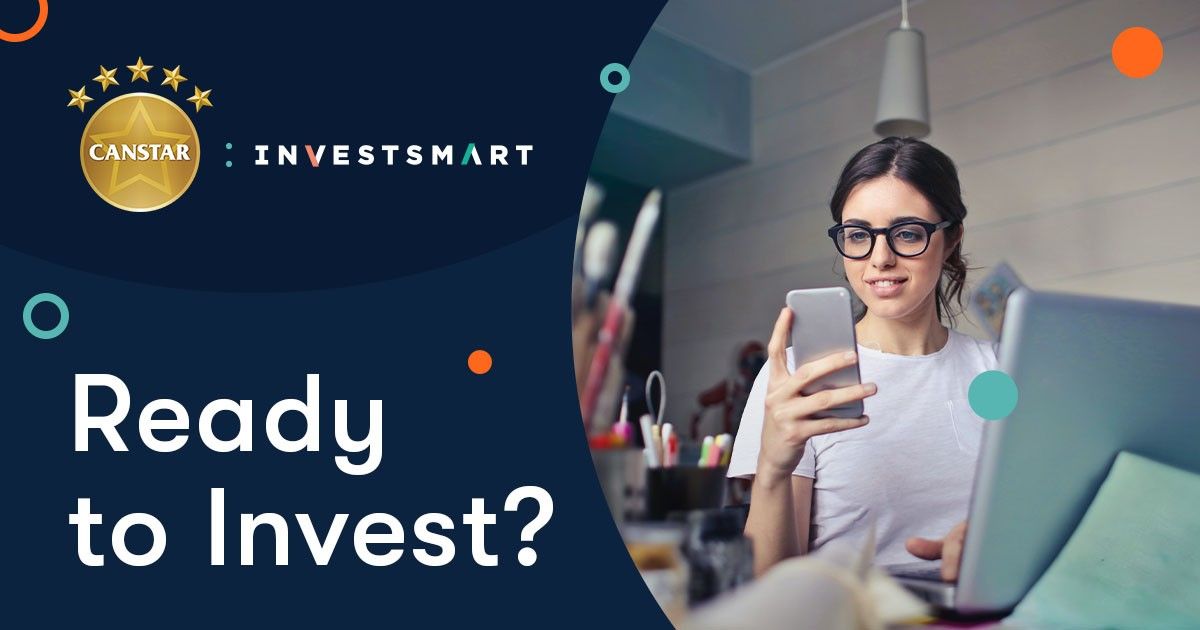The Australian exchange traded fund (ETF) industry has seen significant growth in recent times. If you’re looking to jump on the bandwagon, we break down how to buy and sell ETFs.
How does one go about buying an ETF and are they worth investing in?
Why invest in ETFs?
ETFs are a simple, cost-effective way to invest, available to both beginners and experienced investors for an array of investing strategies.
Most ETFs are ‘passive’ index funds. This means the ETF aims to track the performance of a market or a benchmark index, for example an Australian share market index such as the S&P/ASX 200, or a U.S. share market index such as the S&P 500 or the Nasdaq-100.
You can use ETFs to gain exposure to a range of asset classes, including shares, fixed income and commodities, both in Australia and internationally.
A key benefit of ETFs is that they can be bought and sold just like a stock on a stock exchange like the Australian Securities Exchange (ASX). After understanding a few simple steps, you’ll find that buying an ETF is a similar experience to any other online shopping process.
Remember, before you invest, it’s crucial to do your research and understand what you’re investing in, to ensure that your investment suits your financial goals. Check out our guide to finding the right ETF for you.
How to buy ETFs
Find a broker
ETFs can be bought and sold via brokers who will take your order and execute the trade on your behalf on the ASX.
There are two types of brokers, online brokers and full-service brokers.
Online brokers
Online brokers buy and sell ETFs on your behalf when you provide instructions via an online platform/website. Most major banks offer online brokerage services, such as Commsec, Nabtrade, Westpac Online Investing and ANZ Share Investing.
Other non-bank examples include Bell Direct, CMC Markets, SelfWealth and Superhero.
Typically, online brokers do not offer investment recommendations or a personalised service. As a result, they charge a lower fee than full-service brokers.
Full-service brokers
Full-service brokers buy and sell ETFs on your behalf and offer a personalised service, which can sometimes include investment recommendations tailored to your circumstances and needs.
This type of broker essentially becomes an adviser to you and is typically available to talk to you on the phone or meet with you face-to-face.
This higher level of service typically comes with higher fees.
Related article: 5 Tips For Trading ETFs
Set up an investment account with your broker
Opening a brokerage account with an online broker generally allows you to buy ETFs in a matter of minutes with the click of a couple of buttons.
You’ll need to provide details such as name, address, date of birth, driver’s licence or passport and your tax file number to verify your identity. With most brokers, you can link your existing bank account directly to your share trading account.
How to make your investment
Once you have a brokerage account you are ready to invest! Simply complete an order entering the following information:
- Log into your online brokerage account
- In the trading section, enter the ASX Code – also known as the “ticker” – of the ETF you wish to purchase.
- Set your order type: ‘Buy’
- Quantity – enter how many ETF units you want to buy. This is the dollar amount you want to invest divided by the ETF’s price
- Price – Select either a ‘Limit’ order or a ‘Market’ order
Just like shares, the price of an ETF fluctuates throughout the trading day. When you decide to buy an ETF, you can request to buy it either at a specific price – known as a limit order – or as soon as possible at the best available price – known as a market order.
For greater price certainty, use a limit order when buying ETFs, which means it will be automatically bought on your behalf when the price is available.
Note the expiry date for limit orders, being the date by which the trade instruction will be cancelled if your stated price is not able to be attained.
Pay for your ETF purchase
If you’ve set up a linked bank account, this step should happen automatically. However, some brokers may require you to deposit cash into your account before you trade.
Your broker will notify you (usually via a contract note, or trade ‘confirmation’, sent by email) when the order has been completed.
And that’s it – you’ve bought an ETF.
Cover image source: Drozd Irina/Shutterstock.com
This content was reviewed by Content Producer Marissa Hayden as part of our fact-checking process.








Share this article